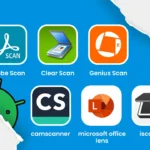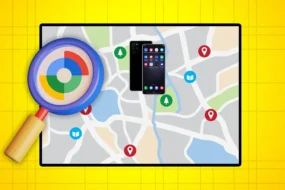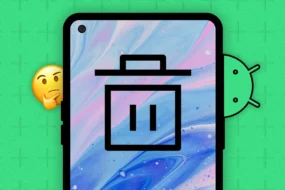Good IT infrastructure is essentially the backbone of any company, and a failure of it can quickly lead to a failure in other areas of the business. Consistency is important in IT, so it’s understandable that you don’t have an appetite to constantly be tweaking your solutions. Software product modernization can be difficult without consultation and outside help, particularly in periods of scaling up.
Ultimately, it’s important to know when it’s time to upgrade and reconsider some of your IT systems. Here are five signs to help:
Integration and Legacy
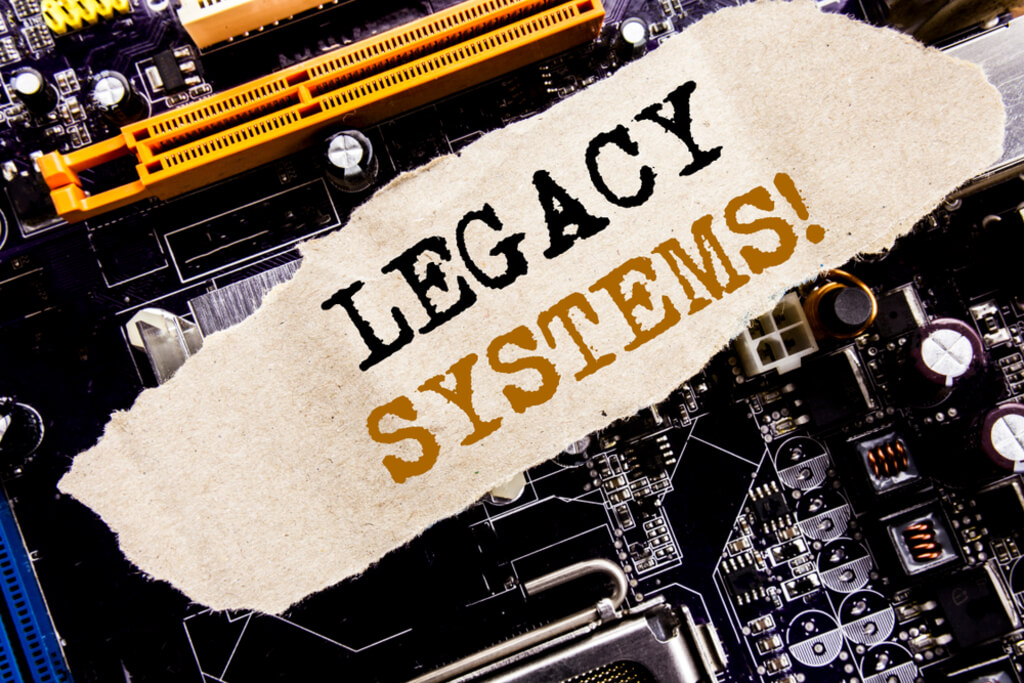
If you find yourself having to use multiple applications to complete a single task then the chances are you don’t have a well-thought-out infrastructure. If you do use multiple applications, the integration must be seamless – so seamless that it doesn’t feel like you’re using separate applications.
Focusing on this area can be a cost-effective investment as this is a large hindrance to productivity. Plus, multiple applications likely cost more money as opposed to a larger, general application with various add-ons and integrations.
Furthermore, many staff members resist the idea of change within the IT systems because they’re familiar with the current one. This is good until it is – once it becomes a legacy system that is failing to keep up with competitors’ systems or is prone to cyber-attacks, breaking this reliance is necessary. But, it’s a matter of things getting worse before they get better because onboarding new systems can be a costly headache, making it something you cannot do too regularly.
Growing Operations and Security

If you’re a business that’s in full throttle growth mode then you’re likely going to be continuously outgrowing your IT solutions until you have one that is future and growth proof. It’s not necessarily a mistake, as it was cost-effective, to begin with, a smaller IT infrastructure, but if you’re making regular small updates, it may be worth a complete overhaul to guarantee an infrastructure that you can grow into instead of out of.
This is particularly important regarding cyber security, as many small businesses fail to have the security that is required of a larger company. During this period of fast growth, cyber security must be a priority. So, any signs of your security being breached are certainly a clear sign of needing to reconsider your solutions, but so is the anticipation of being breached in the event of further growth.
Lack of Support

One of the most important aspects when it comes to IT solutions, particularly when using cloud-based solutions and ERP software, is that you have sufficient support. Support is always ranked as the most important aspect of ERP software, so it’s clear the damage this can do. If you have red flags around a lack of support, it may be time to reconsider this software. Gaining answers to questions quickly is necessary for the ongoing success of your software.
Old Hardware
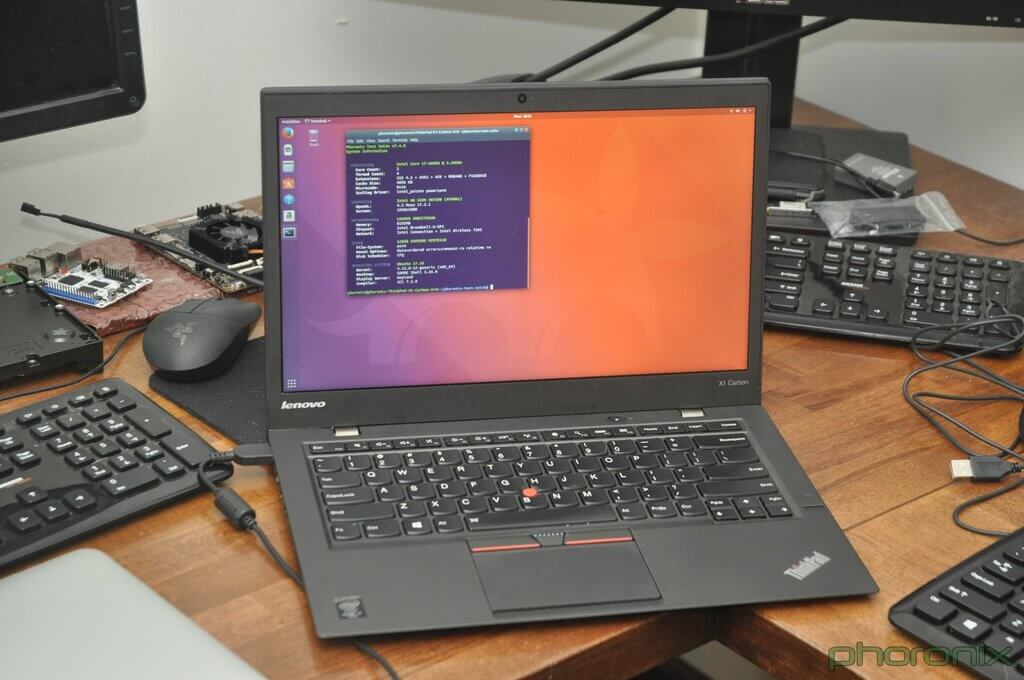
Technology changes quickly so it’s not just your software that may need updating – your PCs and other hardware may be becoming sluggish and obsolete if it’s 5-10 years old. Workstations can become outdated slowly, over time, making it difficult to spot the exact moment you should upgrade. Whilst some of the considerations are from your budget, it’s a matter of losing productivity and poor compatibility.
This is where it’s important to listen out to staff members’ complaints surrounding waiting times, bugs, and lack of features. Another factor is a lack of storage space that is often a result of old hardware. Software and files only seem to grow in size, and old devices can become cluttered with older systems. Storage space is dropping in price compared to a decade ago, fortunately. Of course, it’s important to properly maintain and optimize what you already have to ensure the longevity of hardware too.
Receiving Complaints from Workers

Generally, listening to staff is one of the best indicators that there is a problem. As one individual, you cannot test and experience everything within your IT system, so what your staff has to say is valuable.
It’s important to not just await complaints to come out of the blue but to actively have space created for feedback. Regular moments created specifically for feedback on the IT systems in place could help gather data and spot if there are sudden changes over time. If you’re seeing twice as many negative comments about system speeds as usual, perhaps the latest updates to the software have become too much for your older hardware.
Furthermore, this is even more important in a remote setting. Whilst everything may have been ticking over in the office, where staff members can easily ask for help here and there, solving problems and making complaints from a remote location is more difficult – making it all the more important to encourage feedback.
In case you missed it!



